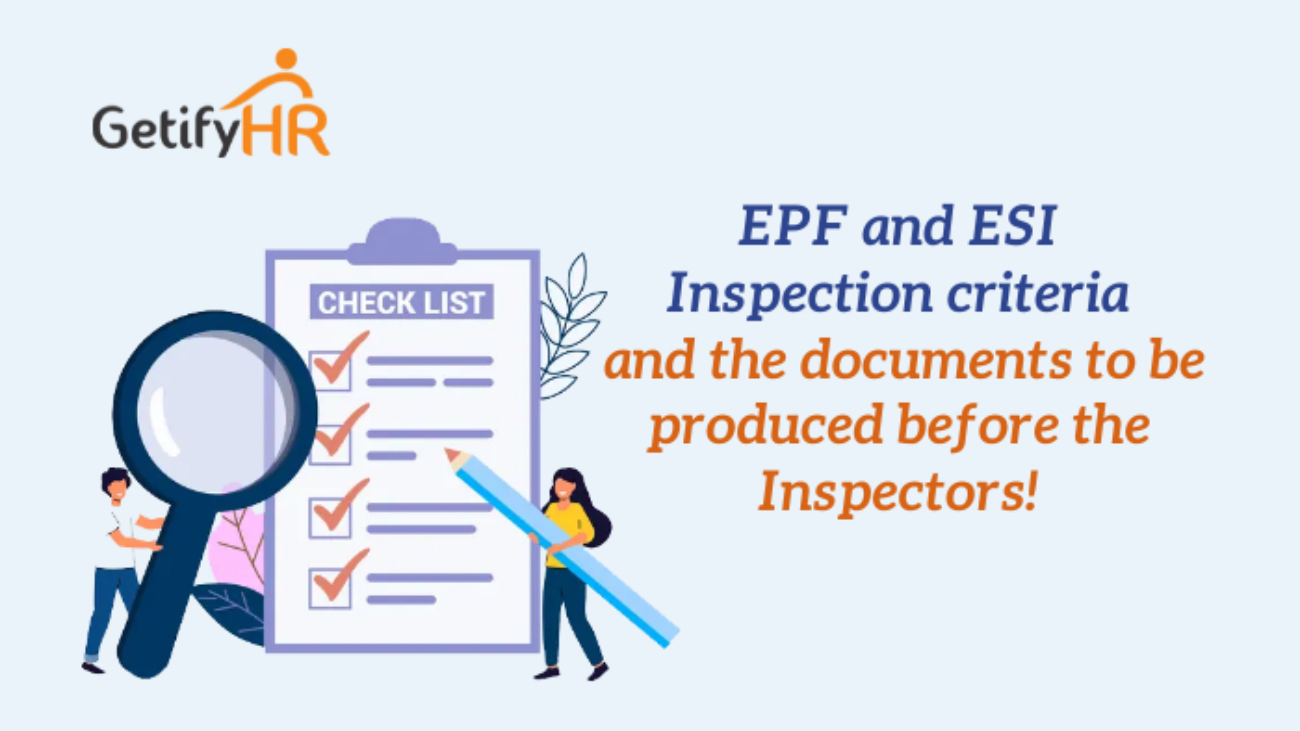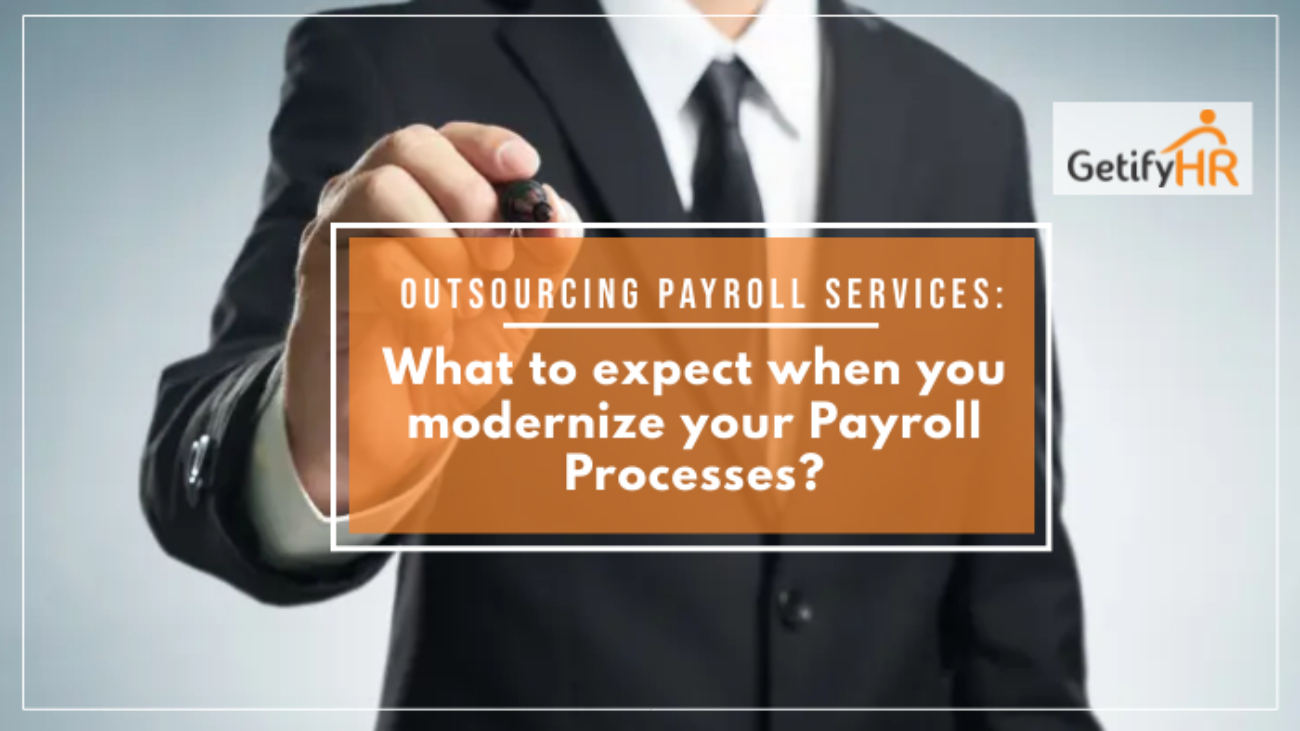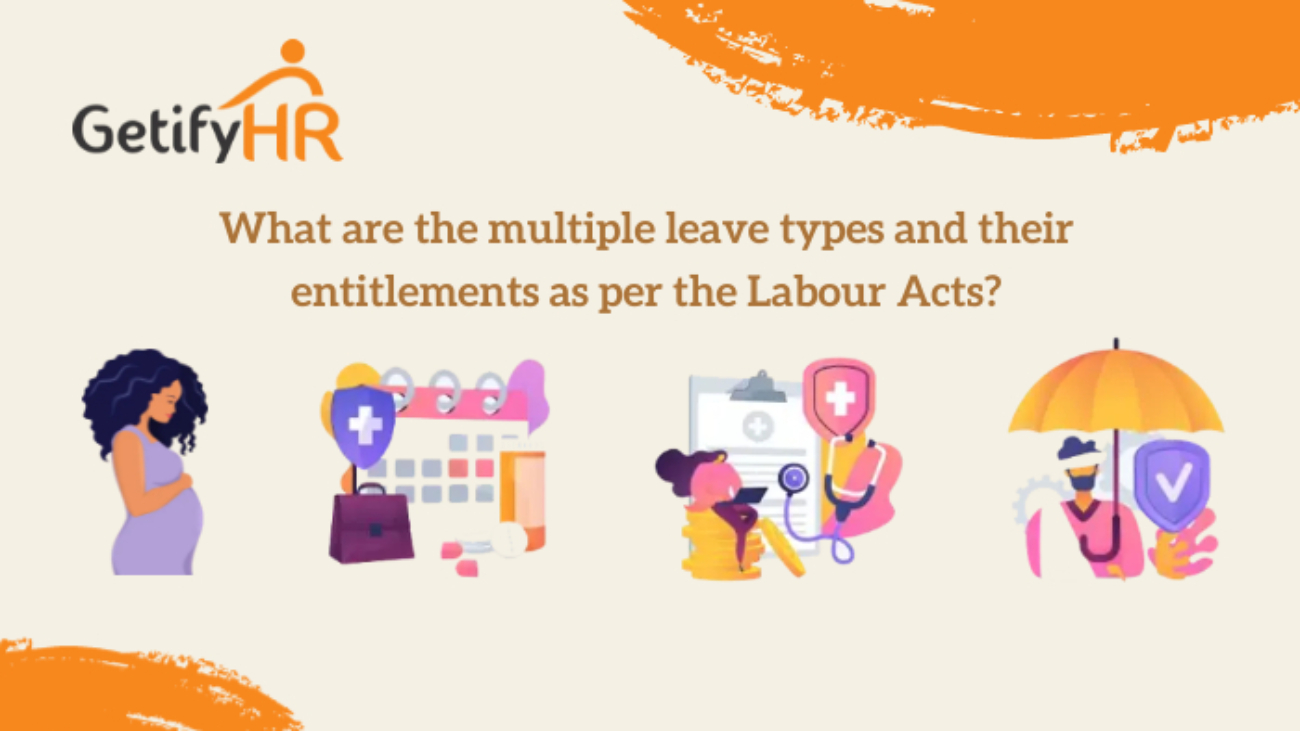The need to ensure social-economic justice for the people and establish a Welfare state is enshrined in the Constitution of India. Employees, especially in the private sector found themselves in trouble once they retired.
To alleviate this problem the government introduced a long-term savings scheme that would support them in retirement or superannuation. This legislation is the Employees’ Provident Fund & Miscellaneous Provisions Act, 1952 (EPF and MP Act).
Similarly, there was a need to safeguard the lives of employees against the effect of sickness, physical disability, and death due to the nature of work. The Employees’ State Insurance Act, 1948 was legislated by the government to take care of this aspect. This Act supports them during such eventualities.
Inspection Policy for EPF and ESI
Both these Acts have proper guidelines on the inspection of the registered entities under the Act. In this article, we shall delve into the criteria for inspection and the documents that are required to be produced during such inspections.
EPF Inspection criteria
Inspection guidelines have been passed to achieve the objectives of simplifying business regulation and bring in transparency and accountability to labour inspections.
The inspections can be either mandatory or optional.
Mandatory Inspections
Inspections are mandatory under these conditions:
- All new covered/registered establishments are prone to mandatory inspections.
- All establishments registered on the Electronic Challan cum Return Portal (ECR) that are not marked as closed and are not complying.
- All establishments that have sent in a closure request.
Optional Inspections
Optional Inspections are undertaken under the following conditions:
- When the remittances towards EPF drop in excess of Rs:10,000
- Membership drops in excess of 50 members
- All other units where there is a weightage drop of 20%.
Inspection procedure
Normally the establishment is informed about the inspection and these are carried out during normal working hours. At the time of inspection the following documents have to be produced:
A 100-page notebook that is generally available in Labour Law Stationery Book stores should be kept ready for the Inspector to note his/her remarks. All other records/registers in respect of EPF have to be submitted for inspection and they are:
- Attendance Register or Muster Roll
- Wage/Salary Register
- Bank Statement
- Ledger/Cash Book/Vouchers
- Copies of the Audited Balance Sheet
- Challan Copies
- EPF Code Allotment Letter & Form 5A
- Bonus Register
- Overtime Register
- Active UAN List
- List of Contractors, nature of work, and compliance made by the
The Inspector, after the inspection, has to note down his/her remarks in the Inspection Book and sign the same.
ESI Inspection criteria
ESI Inspections also follow the same pattern as EPF.
- All new units that are covered/registered.
- All establishments that have defaulted for a period of 6 months
- Units that have made closure requests.
- Units where no inspection has been carried out in the last 3 years.
- Whenever such inspection is required by Central Data Analysis Unit (CDAU).
- When there is a 30% drop in the contribution when compared to the previous contribution period. The top 30% of such units will be inspected.
- When there is a drop in the number of employees by 30% and above when compared to the previous contribution period (over a period of 6 months). The top 30% of such units are to be inspected.
- Security/Manpower agencies that employ more than 250 employees where inspection has not been conducted in the last 2 years. The top 30% of such units are to be inspected.
- Any other units that do not fall into any of the above categories. The top 10% of such units are inspected.
Inspection procedure
Normally the units are informed about the inspection and these are carried out during normal working hours. At the time of inspection the following documents have to be produced:
- Attendance Register
- Wages or Salary Register
- Bank Statement
- Ledger/Cash Book/Vouchers
- Copies of the Audited Balance Sheet
- Challan copies
- ESIC Form 32 register
- Accident Book under Rule 66
- All other documents related to payments made to employees
- List of Contractors, nature of work, and compliance made by them.
Conclusion
The Inspection procedure for both EPF and ESIC are very similar. The Registered units have to be fully prepared with all the relevant records/registers during the time of inspection. Non-availability of such records or registers will be viewed seriously and the authorities are empowered to take strict action against such units.
GetifyHR, which has years of experience in handling these matters can provide the ideal solution for companies to go through these procedures without any stress. Our Payroll and HR module can provide all the required inputs to the authorities as and when required and in the process keep the company fully compliant at all times.



